
An old watch can hold more than sentimental value. It may have become a quiet investment over time. Passed through generations or rediscovered in storage, certain details can reveal surprising worth. With the right signs, what seems like a simple heirloom might turn out to be a collector’s gem. Here’s what to look for.
Limited Editions Draw Interest
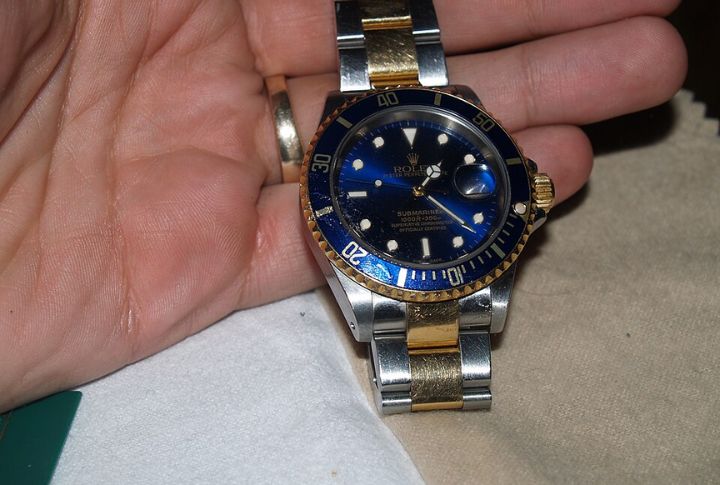
The number of units produced plays an essential role in a watch’s appeal. For instance, a model limited to just 500 pieces radiates a sense of rarity that intrigues collectors. Before you dismiss a watch as ordinary, find out about its production details to uncover its true value.
Serial Numbers Tell A Story
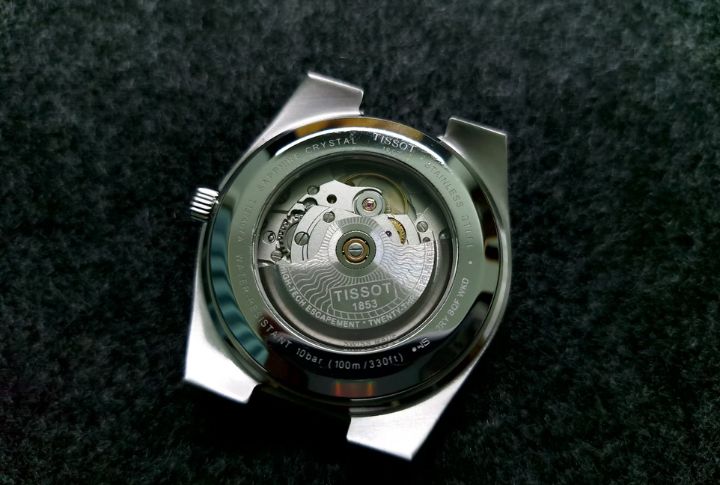
Stamped beneath the lugs or engraved on the back, serial numbers trace the watch’s history. They help date production and confirm authenticity. Brands like Rolex and Omega maintain detailed archives, giving these codes significance. An old number might open the door to surprising appraisal figures.
Brand Name Carries Influence
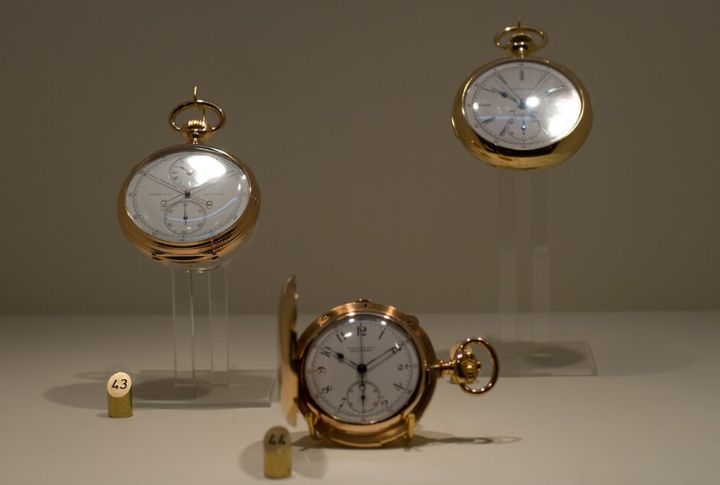
A watch bearing the stamp of Patek Philippe or Audemars Piguet immediately captures attention. Interest spikes because the name itself reshapes how people view the piece. Collectors tend to gravitate toward particular manufacturers, prioritizing those with a strong reputation.
Engravings Don’t Always Lower Value
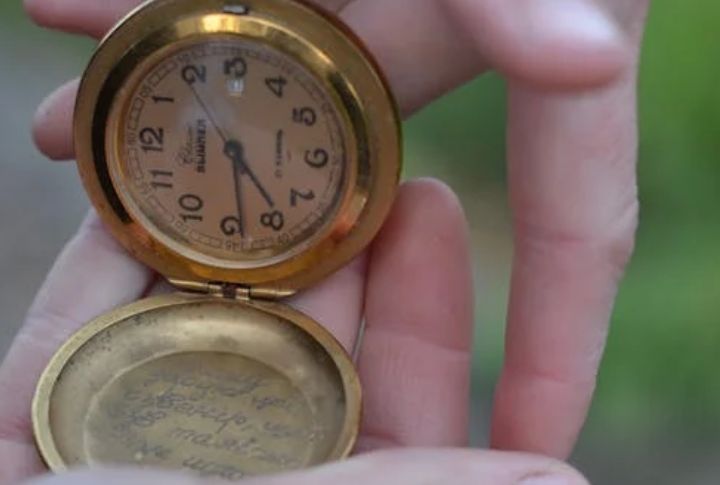
While personal engravings once reduced desirability, some now add historical charm. A Vietnam-era inscription or a retirement dedication can enhance appeal, especially if paired with provenance. That small note etched on the case might turn the piece into a tangible slice of social memory.
Patents Or Unique Features Stand Out
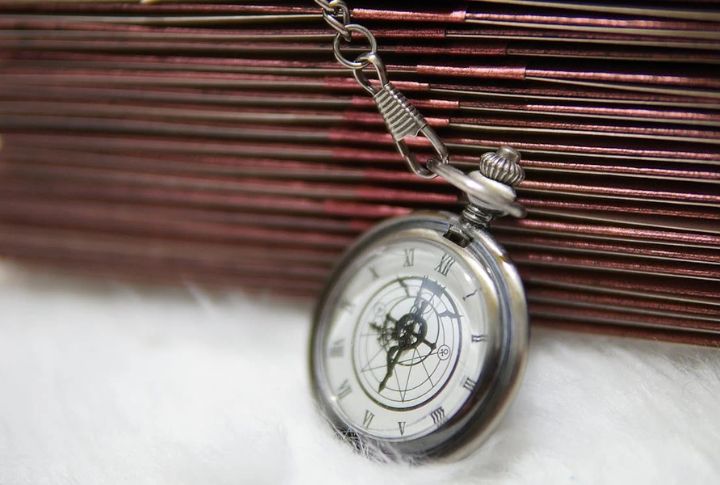
What makes a watch truly desirable often lies in distinctive elements like hacking seconds, inner rotating bezels, or unconventional case designs. These quirky traits can enhance a piece, setting apart hidden treasures from ordinary, mass-produced models.
Service History May Preserve Value

A vintage Longines that ran perfectly despite its age owed its life to consistent servicing. Keeping records of maintenance reveals care. Avoiding harsh modern replacements like swapping acrylic for sapphire also helps. The balance between upkeep and originality can make or break appraisal estimates.
Logo Variations Reveal Hidden Age
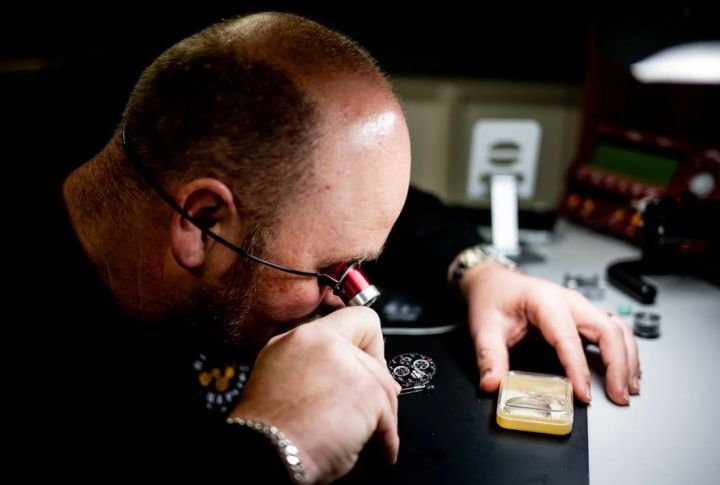
Design tweaks in logos, like font changes or crown shapes, offer subtle age clues. For example, a Rolex with a closed six or specific spacing might date to a rare production window. These quiet shifts matter in collector circles. To ensure accuracy before determining pricing, it’s wise to consult logo evolution charts.
Original Strap Or Bracelet Adds Appeal
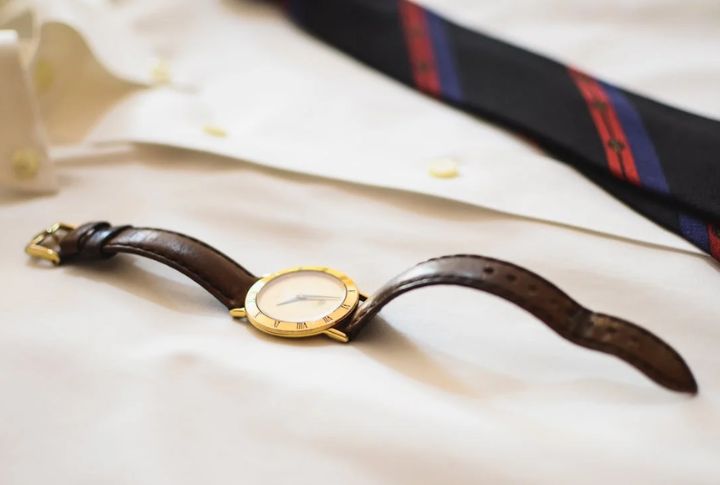
A worn or cracked leather band might seem like a small detail, but original straps can add surprising value. Many watchmakers used unique features like branded buckles or patented clasps that collectors appreciate. In one case, a forgotten Heuer rally strap doubled the watch’s final sale price.
Original Packaging Still Matters
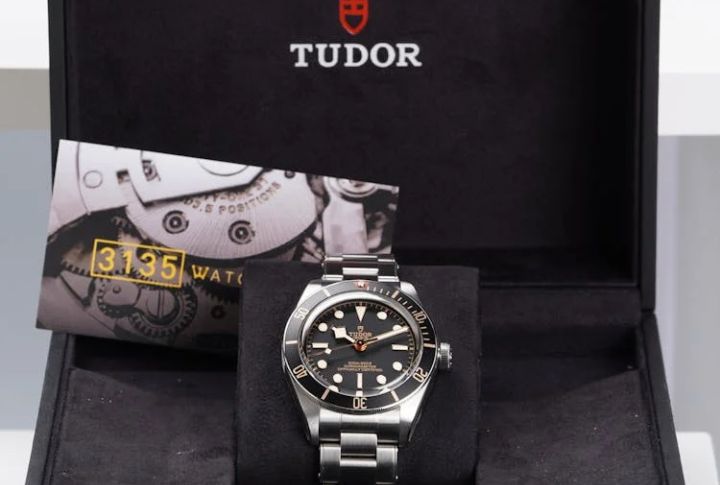
Original boxes and papers add more than just packaging—they boost a watch’s authenticity and appeal. Collectors value complete sets, including receipts and warranty cards, as they verify provenance. That dusty box hidden in the attic might seem insignificant, but it could increase the watch’s value far beyond what its weight suggests.
Market Trends Shift Quickly
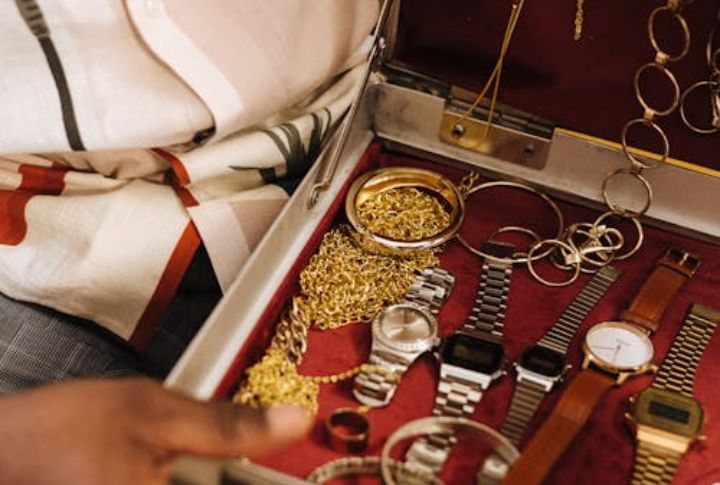
Auction outcomes shift fast. Once-overlooked watches can gain sudden attention after celebrity sightings or movie appearances. For example, a bulky Tag Heuer, long dismissed, becomes a hot item overnight post-film. Staying tuned into collector forums, social media trends, and yearly market movements helps predict which models might rise from obscurity to must-have status.
